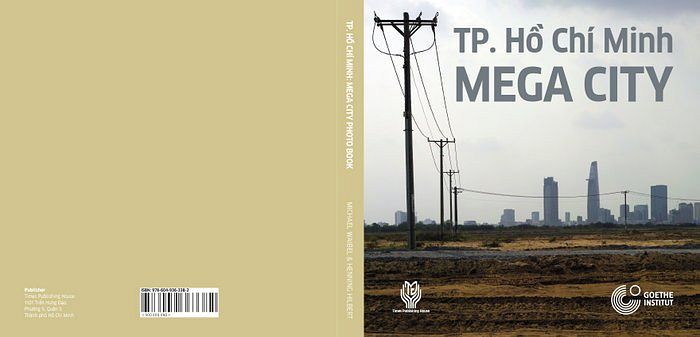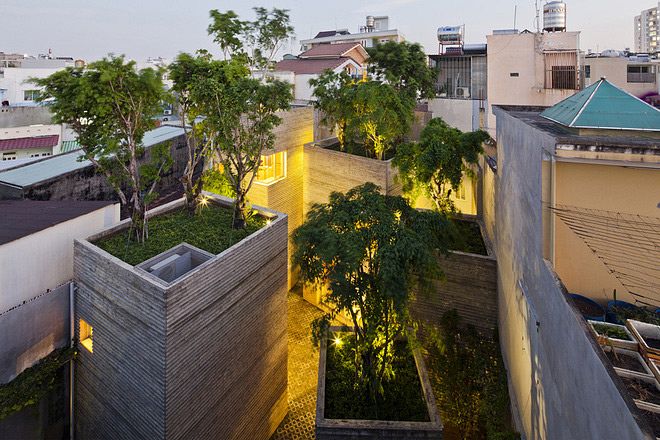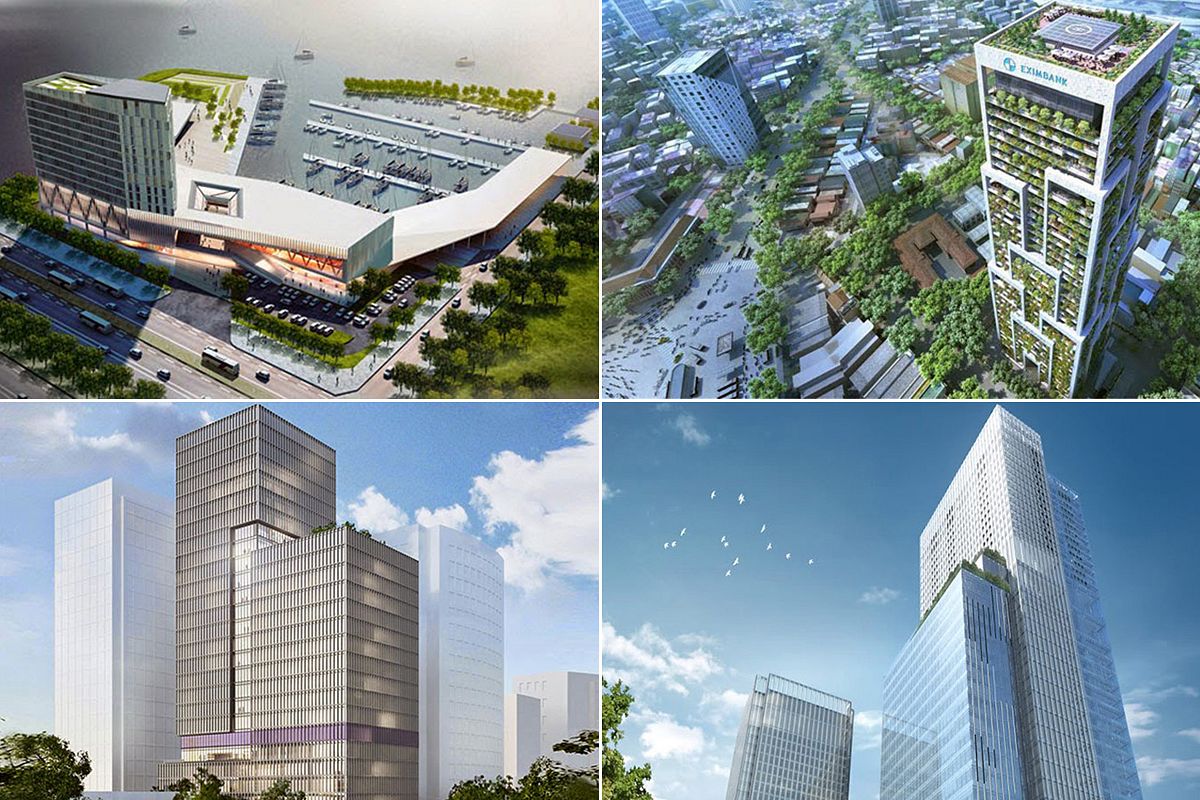Saigoneer is proud to be the media sponsor of the TP. Hồ Chí Minh: MEGA City photo book which was formally released on February 19. The book, edited by Michael Waibel and Henning Hilbert, was produced with the support of the Goethe Institut, and funding from Audi. It is split into 8 chapters, each covering a major theme related to HCMC's rapid urban development. Over the course of the next few weeks, we’ll be giving you an overview of the book's fantastic photos. Today we’ll start with the first chapter: Housing in the Mega City.
The book is available at HCMC Artbook book shops. To order a copy directly, please contact info@saigoneer.com.
This article is part of a series. One can find the previous articles here.
Home ownership is highly valued in Vietnamese society. This is one of the reasons why the price of land in relation to local income is one of the highest in the world. Renting property is reserved only for those who cannot afford to buy their own residential housing, namely for labour migrants who are not allowed to purchase a property title due to their legal status or for people only temporarily living in the city. High prices are further fuelled by remittances of the Foreign Vietnamese (Viet Kieu), who channel enormous amounts of money into the real estate sector, generally through relatives. Presently, however, the market is rather stagnant. Too much has been built too rapidly and put on the market for too high a price.

An Khanh - An Phu Ward, An Phu, District 2. Photo by Michael Waibel.
By far, the most popular type of housing is the row house, usually erected on a four-sided plot of land with three to five storeys. The narrower edge is oriented towards the street and often measures only three to five metres. In contrast, the length towards the back of the plot can extend up to 15-20 metres. Generally, two to three generations of a family live in these structures. In many cases, the family operates a retail shop on the ground floor.

“Diamond Island,” District 2. Photo by Clément Musil.
In recent years, high-rise condominiums have gained popularity among the rapidly emerging urban middle class population. The reasons for this include security as well as the presence of shopping and leisure spaces within the guarded compounds. Apart from that, the higher floors benefit from fresh breezes.

Villa, District 2. Photo by Michael Waibel.

Villa, District 9. Photo by Michael Waibel.
At the higher end of the residential housing spectrum are detached villas. Their architectural role models are former French colonial buildings. Residential living spaces of more than 500 square metres are the norm for villas. They also often serve to highlight newly acquired affluence, the demonstration of which, in many cases, knows no limits.

Labor migrants, Binh Duong Province. Photo by Michael Waibel.

Boarding house settlement, Binh Duong Province Photo by Michael Waibel.
At the lower end, on the other hand, one finds marginal settlements along the many canals. Many have been demolished in the course of development of large infrastructure projects in recent years. Less known, but equally precarious, are the living conditions of labour migrants in so-called boarding houses. These are small one-room rental units shared by several people within row houses. Usually two to five migrants will save costs by sharing one room. There are many sprawling complexes of boarding houses mostly near industrial zones.
The range of housing in the mega city is ultimately as diverse as its citizens.
This is just a taste of what’s offered in the book which is a value at VND900,000. The book is available at HCMC Artbook book shops. To order a copy directly, please contact info@saigoneer.com.

[Top image taken by Henning Hilbert]














